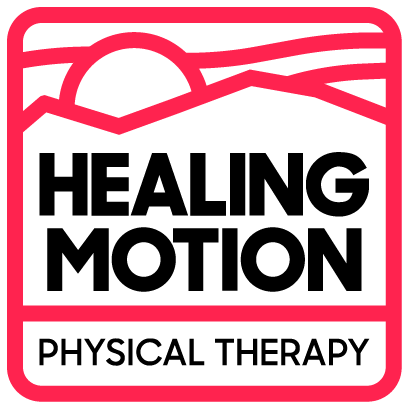Mulligan is a manual therapy concept that is centered around a mobilization with movement. Our physical therapists trained in these techniques use very light force to re-position joints. If indicated, the result of the mobilization is an immediate, pain-free, and long-lasting restoration of movement. Symptoms that often respond well to Mulligan techniques include loss of motion, acute pain, and headaches.
We are constantly assessing, treating, and re-assessing your response to our interventions. Mulligan techniques are quick to perform and easy for the therapist and patient to assess the value of. For example, it is not uncommon for a patient to perform a step-down and report knee pain. A Mulligan practitioner may choose to gently move and hold the kneecap while the patient performs the step-down again. If the technique is indicated, the patient would report that pain was abolished during the movement. The patient would repeat this activity 10 times, assuming no pain arises. The therapist would remove hand contact with the patient’s knee and the patient should then be able to perform the step-down again painlessly.
As another example, a patient may have pain lifting the arm, raising it only to shoulder level before needing to stop due to pain. A therapist could re-position the shoulder blade slightly and ask the patient to raise his or her arm again. If the technique is indicated, the patient should be able to raise the arm significantly higher than shoulder level, if not completely overhead, without any reports of pain. The patient would repeat this activity 10 times, assuming no pain arises. The therapist would remove hand contact with the patient’s shoulder blade and the patient should then be able to lift the arm overhead again painlessly.
Mulligan techniques can be startlingly effective at increasing movement and eliminating pain. They are also long-lasting, when indicated. Should a technique work well in the clinic, a Mulligan practitioner may apply tape to mimic the re-positioning performed manually. There are also several self-treatment techniques that reproduce the technique used by the therapist.

